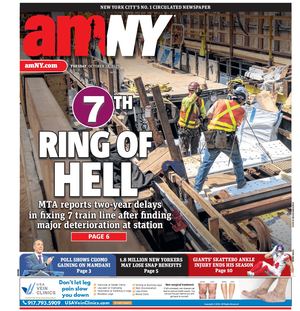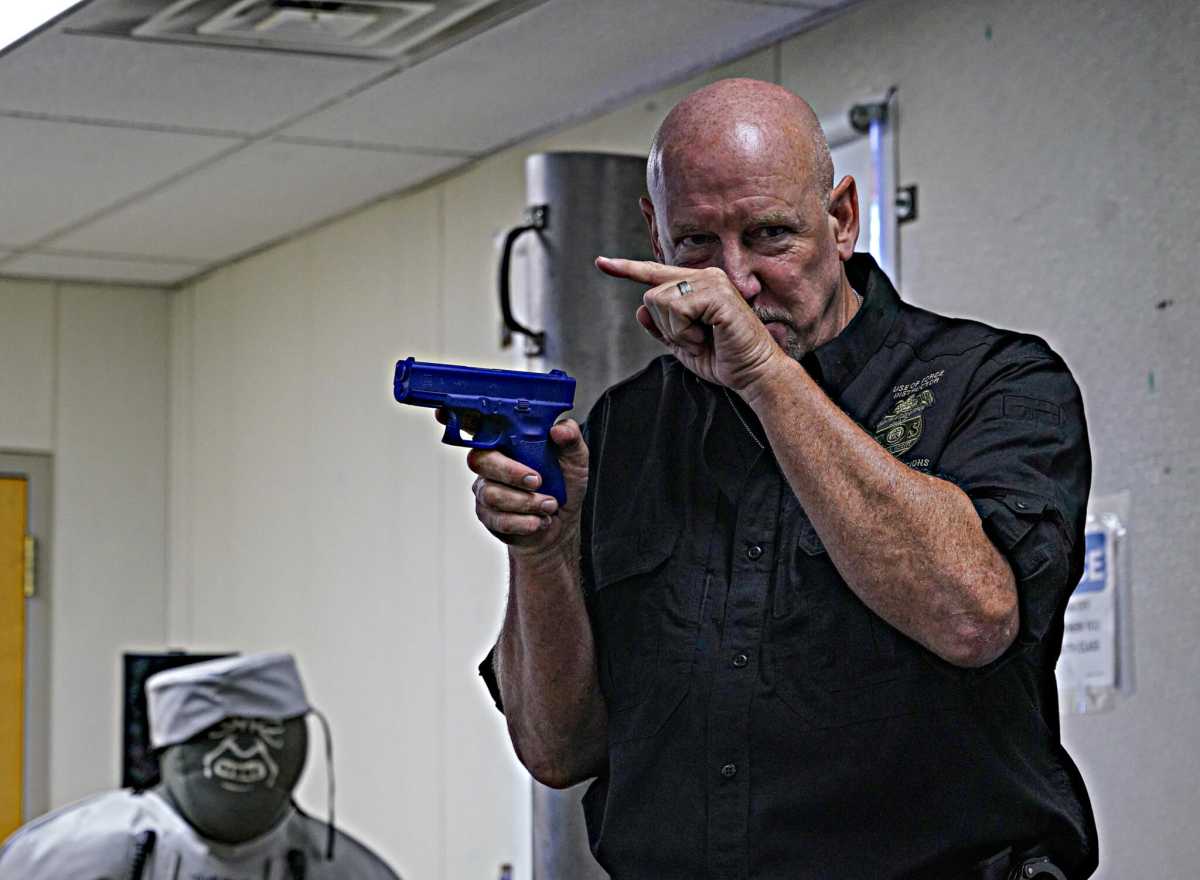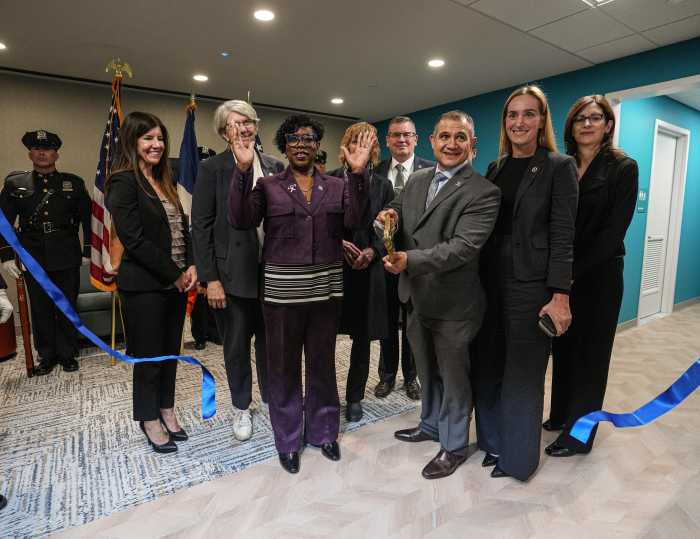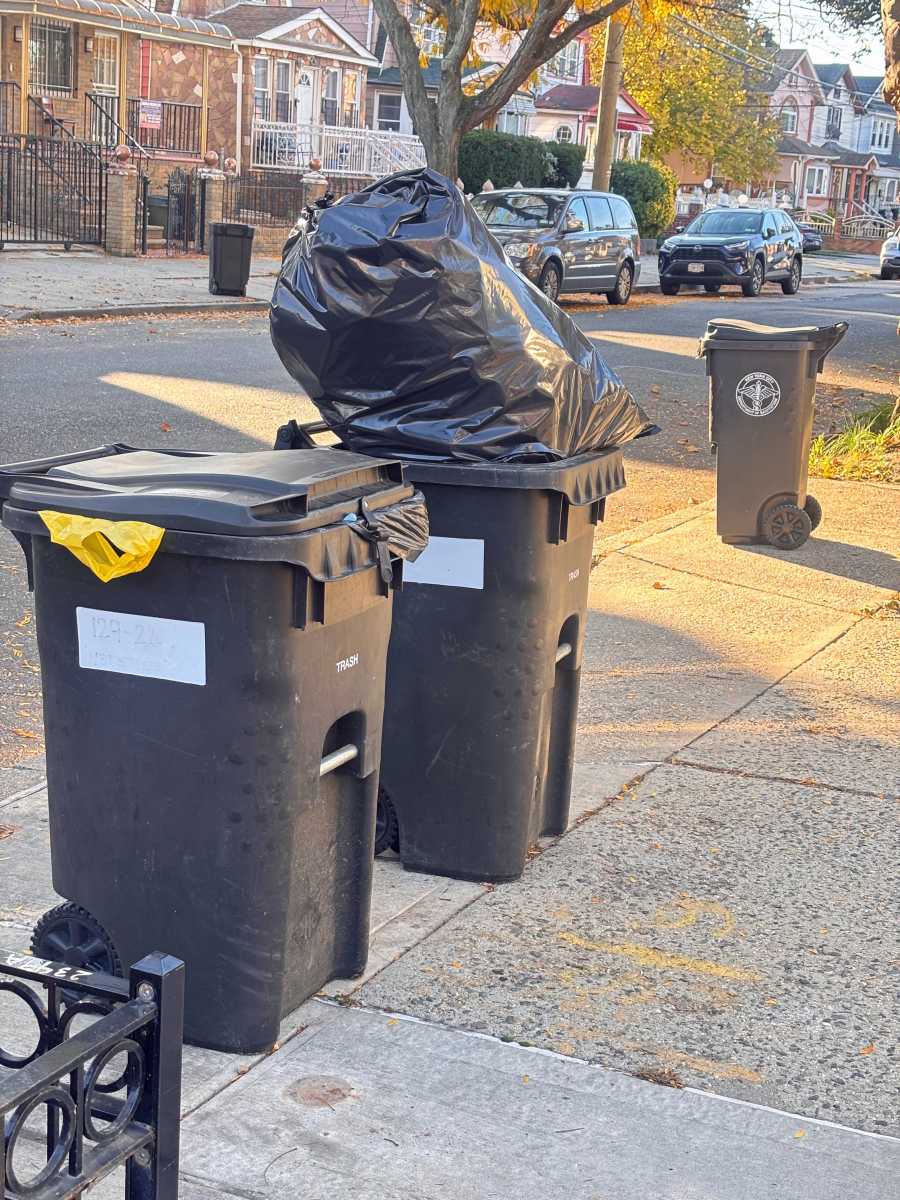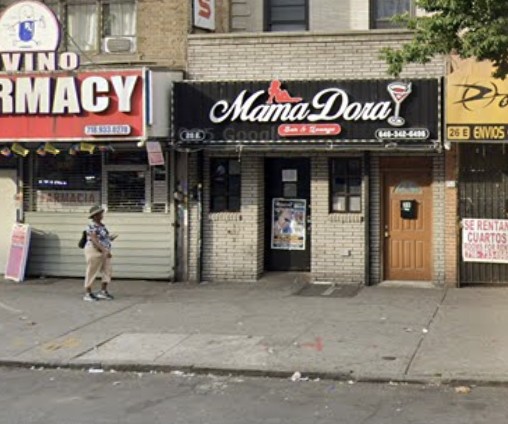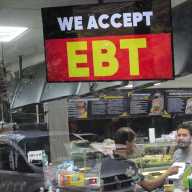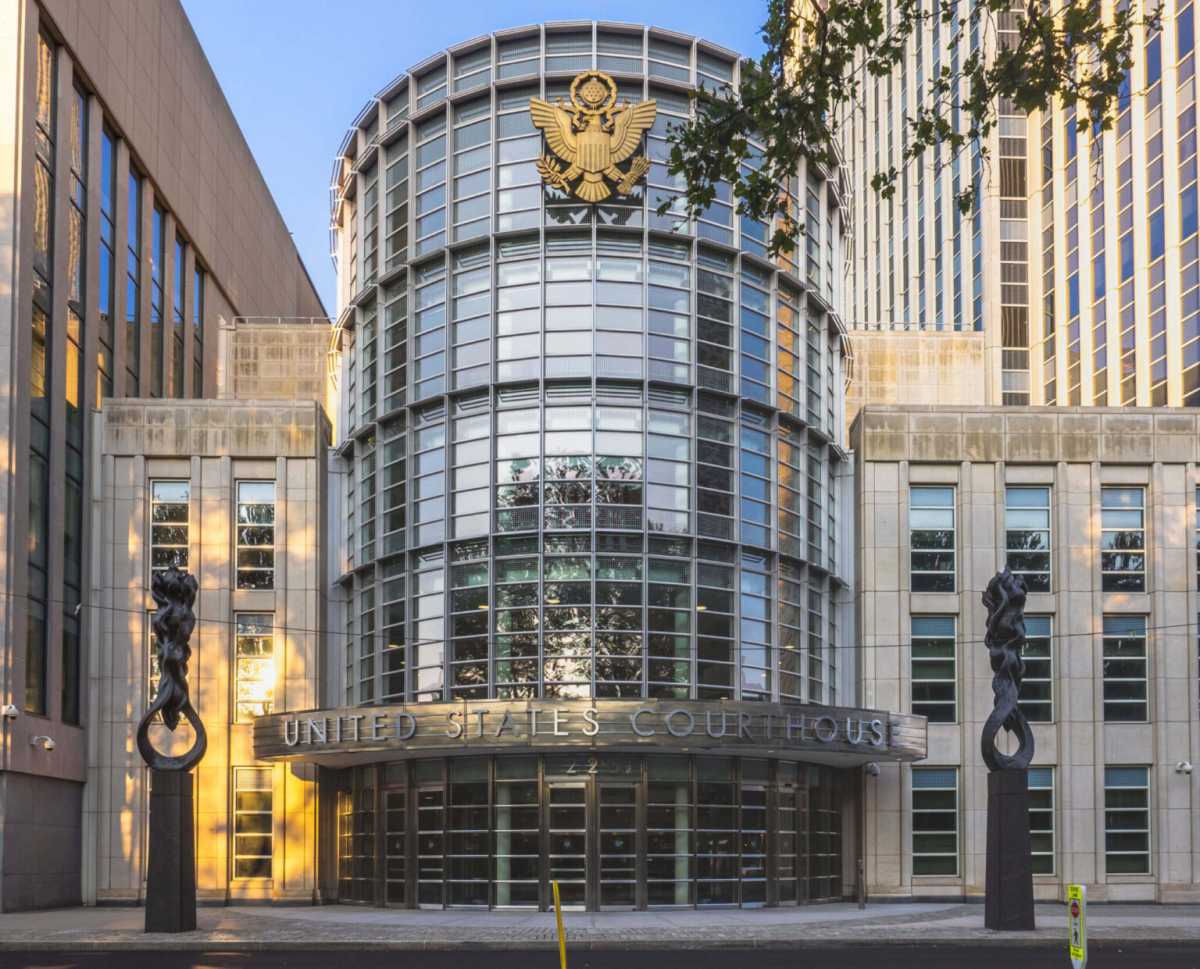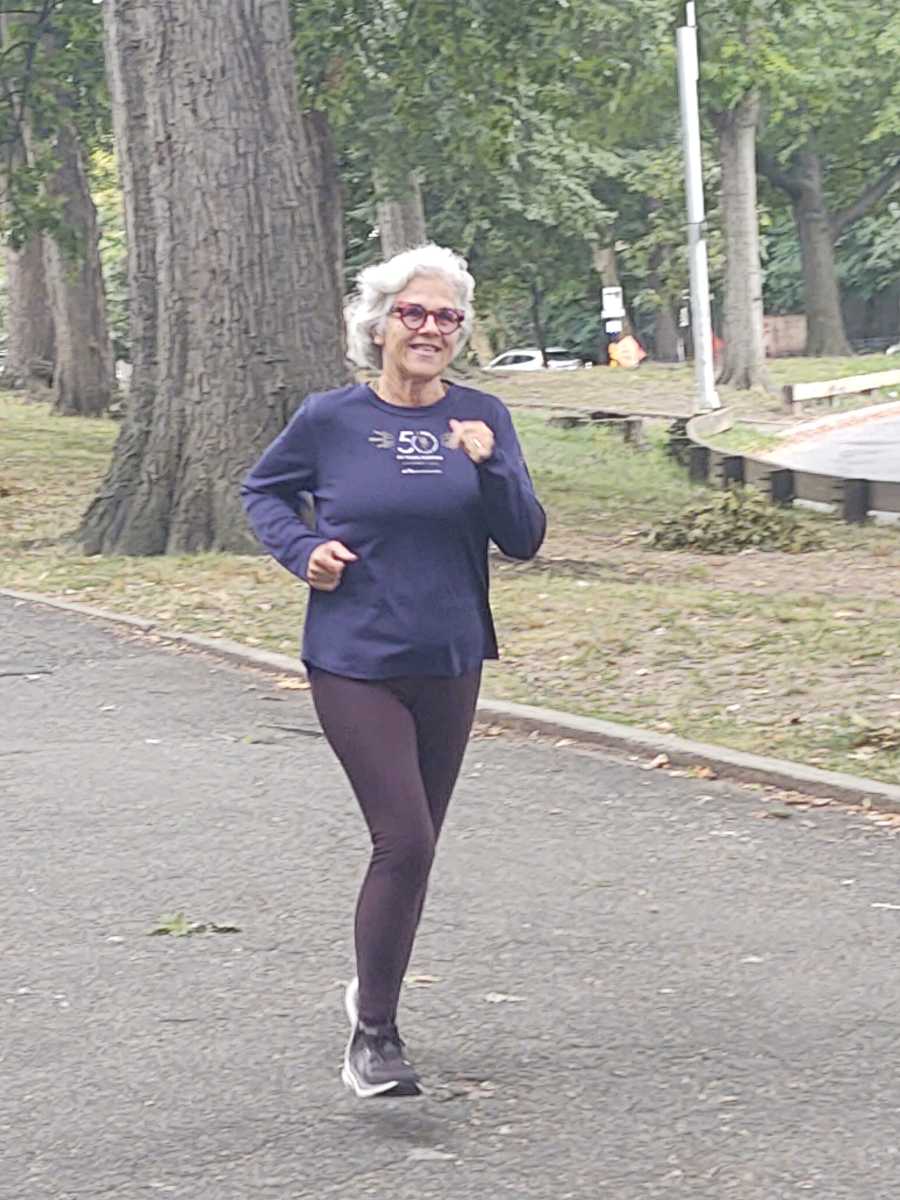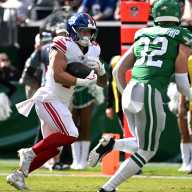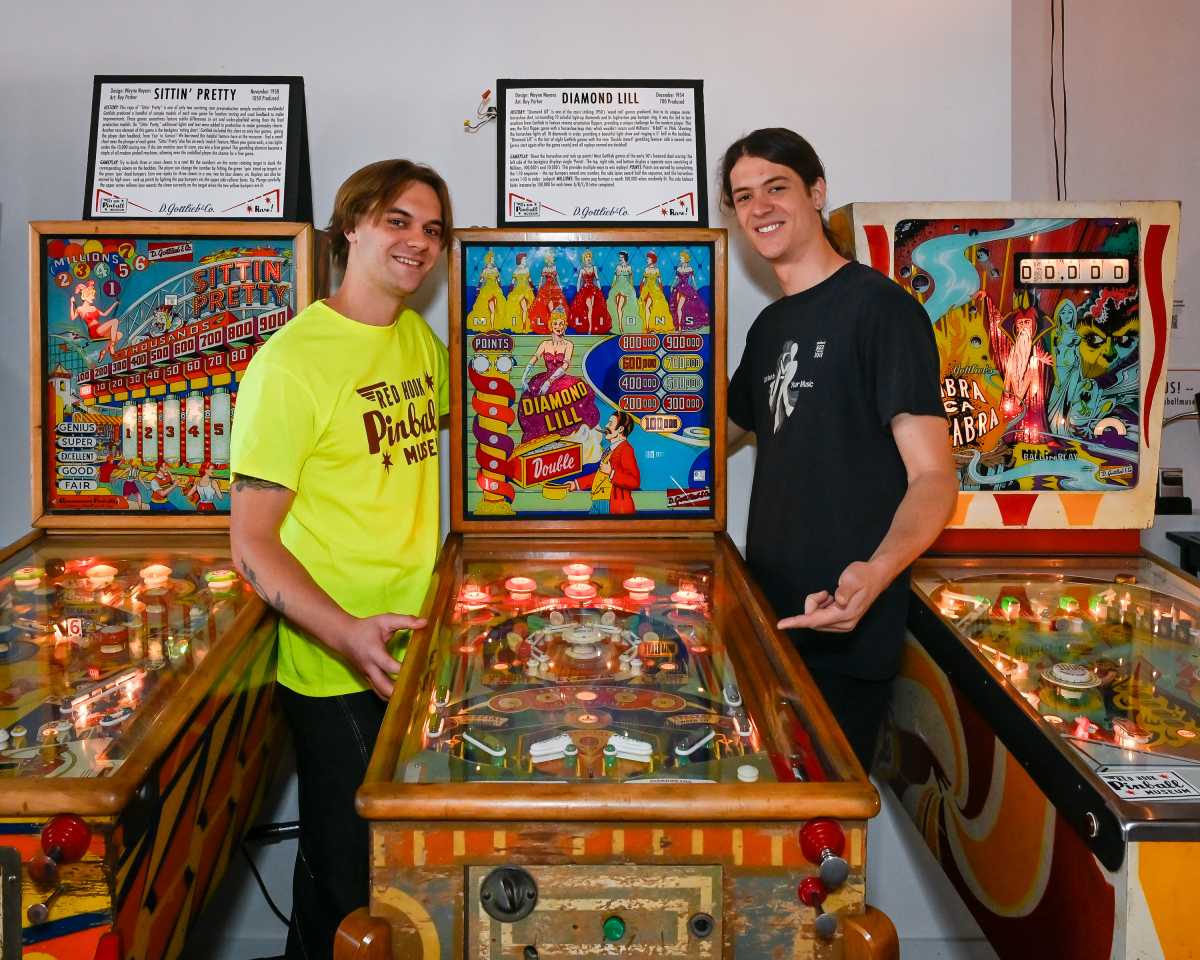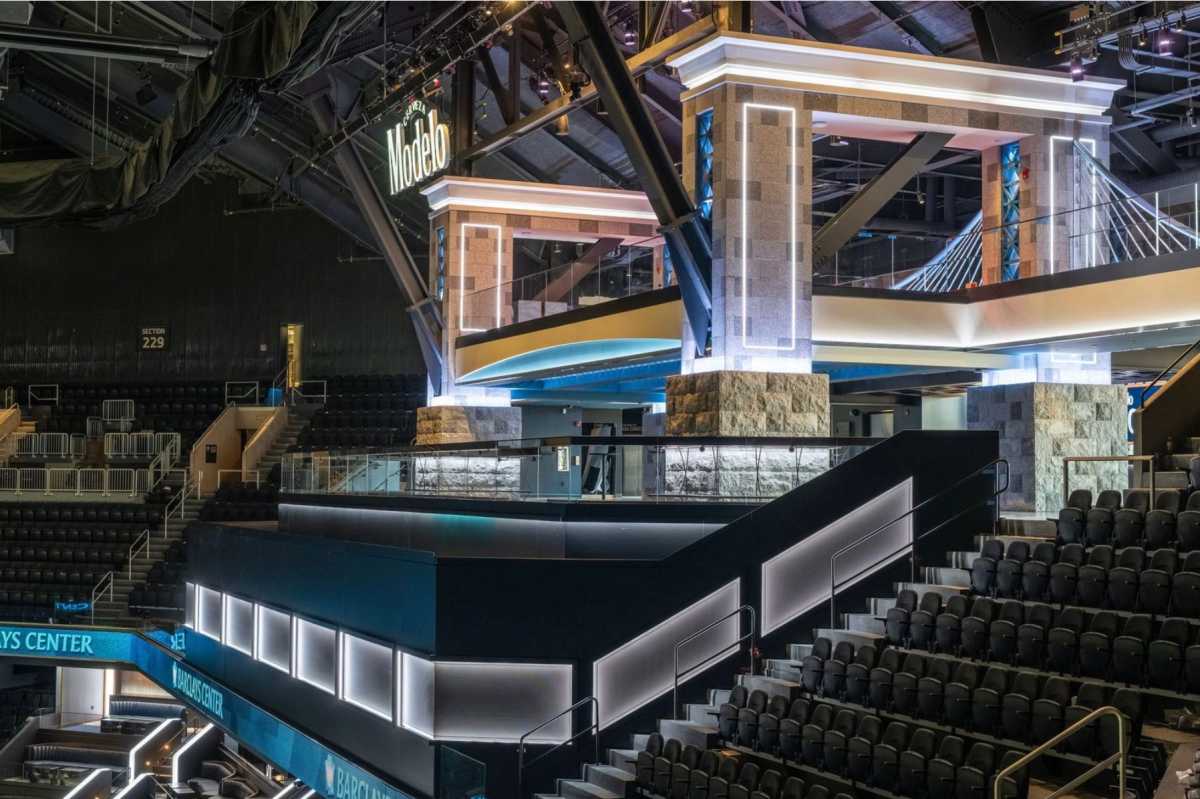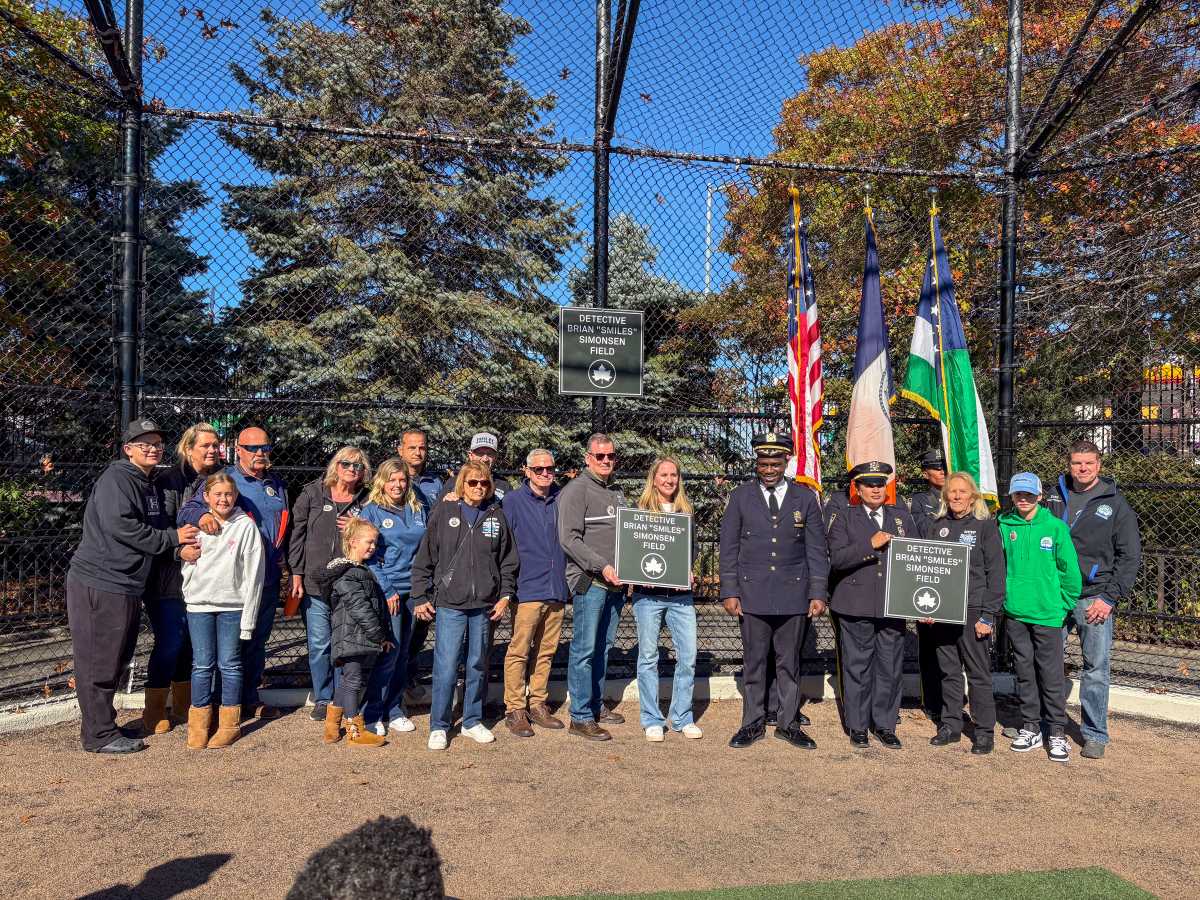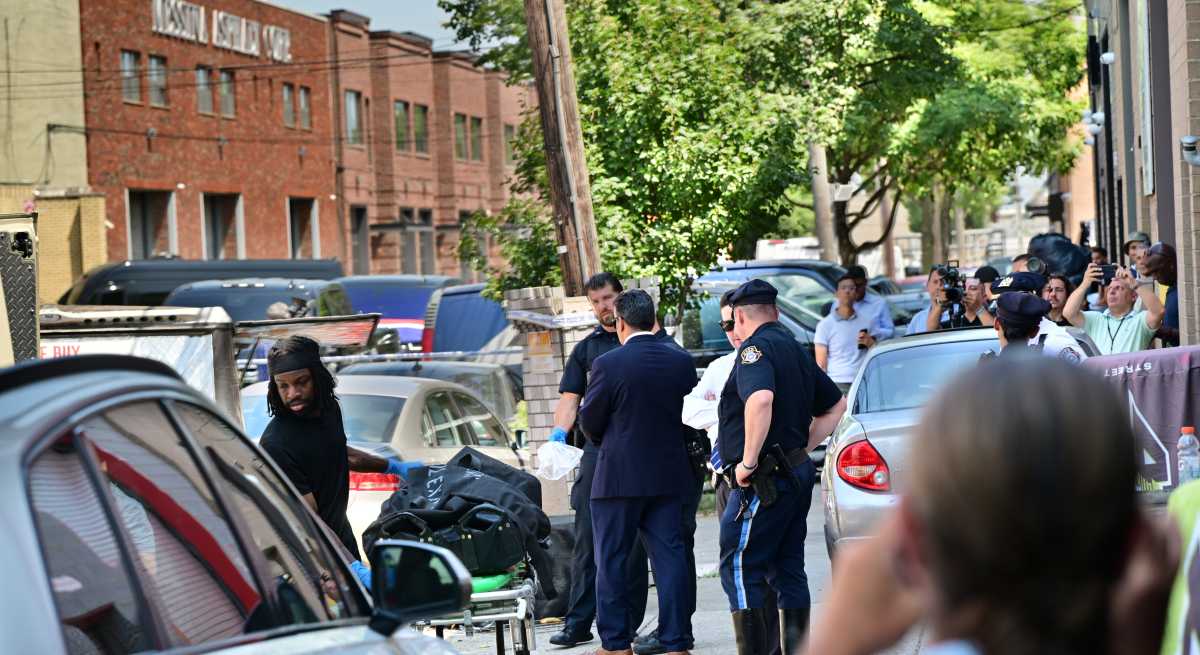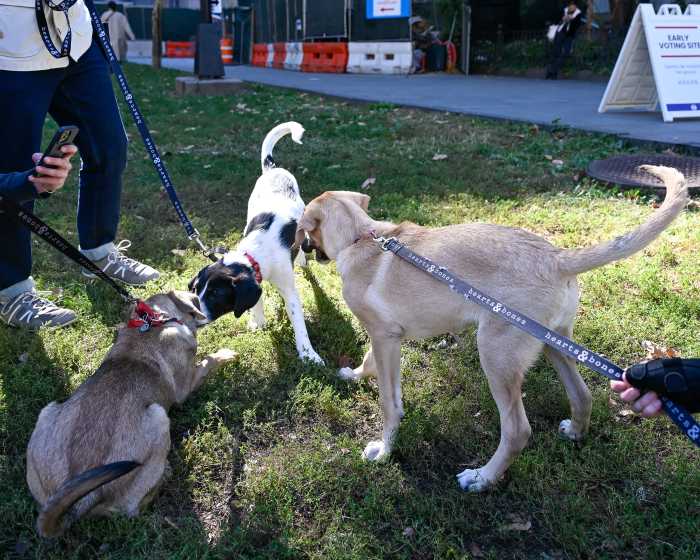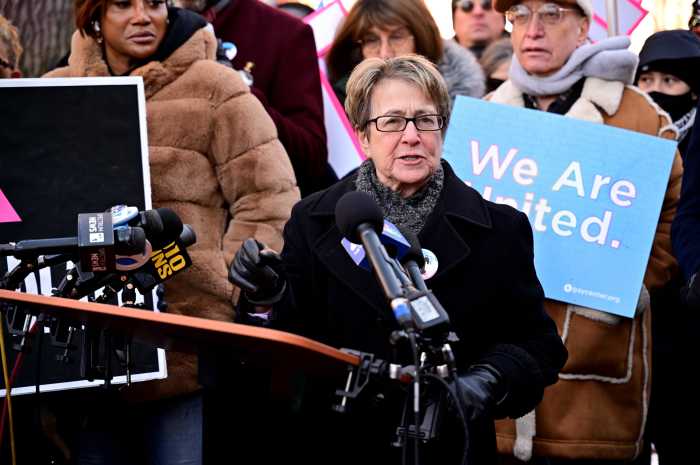The Bureau of Alcohol, Tobacco, Firearms and Explosive packed journalists into a classroom at the NYPD’s firing range in the Bronx Wednesday in order to illustrate how law enforcement determines when and if to use deadly force.
amNewYork Metro were among those invited to participate in a six-hour long course on June 22 that looked to show the perspective of police officers who are called to deal with a laundry list of extenuating factors. It is these factors NYPD officers must take into consideration before pulling the trigger during a dicey situation. ATF agents covered everything from written policies put into place by the US Department of Justice from which cops must abide to the split-second moment a firearm is discharged in the midst of a potential firefight.
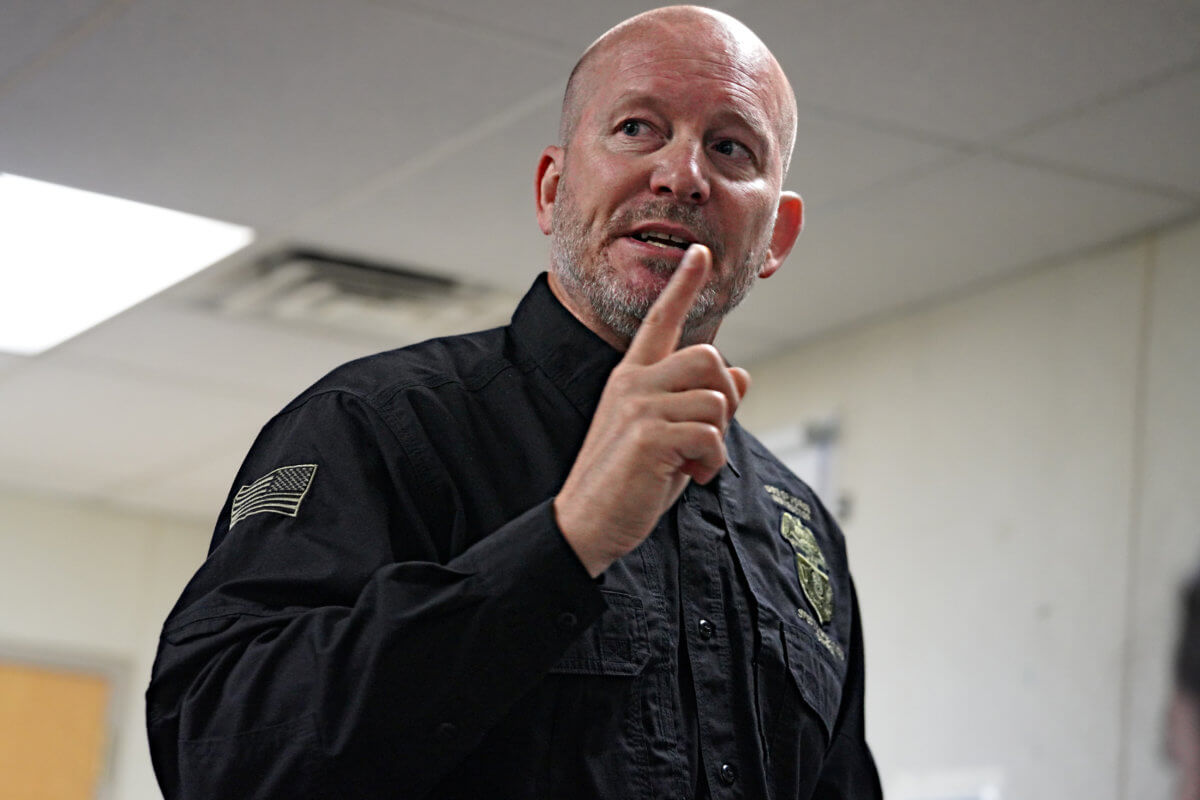
According to the ATF agents, the term split-second decision making is not just a throwaway line but a part of an abundance of components officers must take into consideration when firing their weapon.
“MMA fighters know what the roles are but that is not the only thing they are worried about. They are worried about the physical reality of how they move, how the other person moves, and how this fight unfolds. That is what we are talking about–the practical reality of violent encounters,” ATF agent Jim Balthazar said.
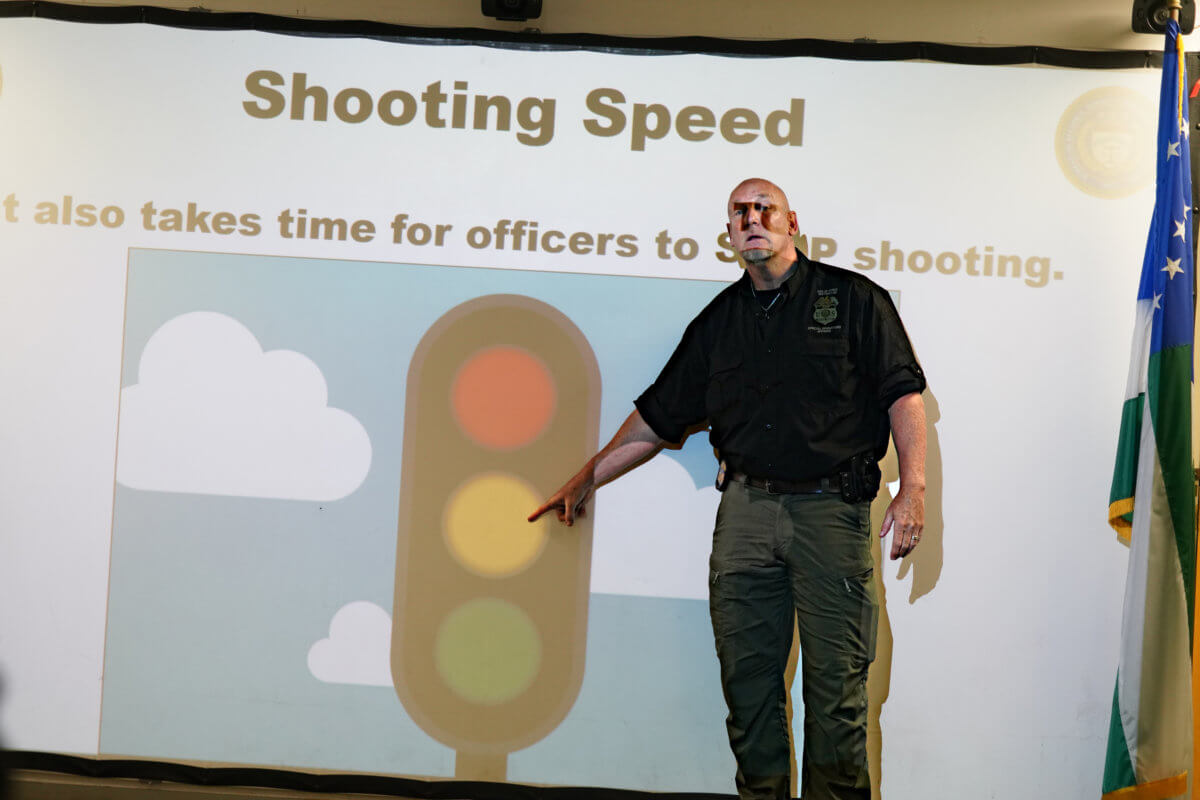
It is a totality of facts the agents say officers must form a mental analysis of, including a slew of “danger signs,” such as verbal cues, a person’s posture, and whether or not they are armed or have the swift potential to be armed. An emphasis is placed on preemptive readiness, as gunfire can break out within seconds.
The class was shown dashboard footage of a traffic stop in which it took for seconds for a man to pluck a handgun from his pocket and shoot two officers, killing one. It is due to actions like these ATF agents say it is well within the right of a responding officer to use deadly force if he or she has reasonable belief that the suspect poses a deadly threat to the officers or the public. Agent Paul Massock explained that in an officer’s eyes threat levels can instantly change depending on the situation, liking it to an elastic band.
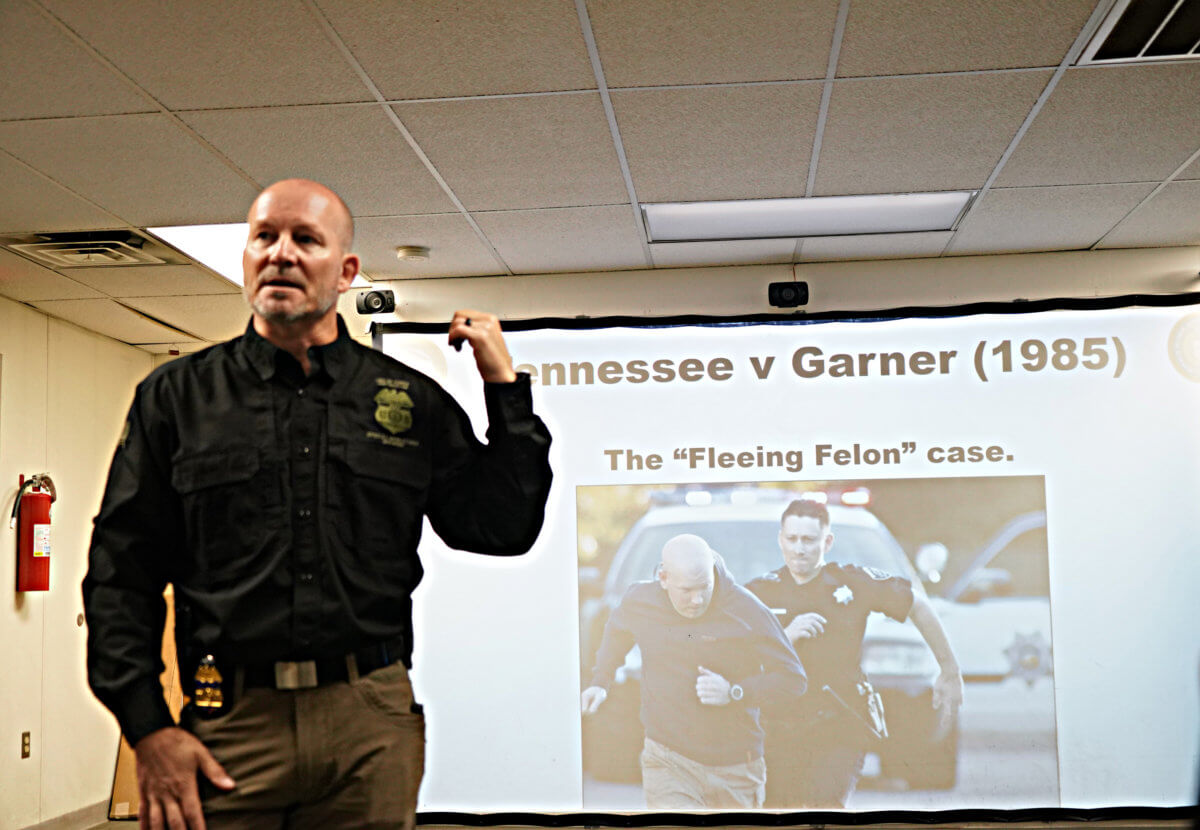
“It is the circumstances that determine that elastic portion, it can expand, and it can contract. The main point here is that the Department of Justice is saying that there is not one fixed moment in time when imminent danger is created,” Massock said.
This step-by-step walkthrough of what the NYPD faces on a daily basis comes after several years of criticism regarding cases that have seen suspects shot dead, after which critics have decried the use of deadly force. While many will undoubtedly perceive this training procedure as law enforcement justifying the unnecessary death of suspects, the ATF agents view the exercise as a demonstration of just how quickly an officer can be killed if precautions are not taken.
The ATF agents also pointed out that officers are not taught “shoot to kill” but instead “shoot to stop.” According to agent Balthazar, a suspect’s midsection is always the target since that is the largest portion of a human body and officers are taught to fire until the person is no longer a threat, such as falling to the ground.

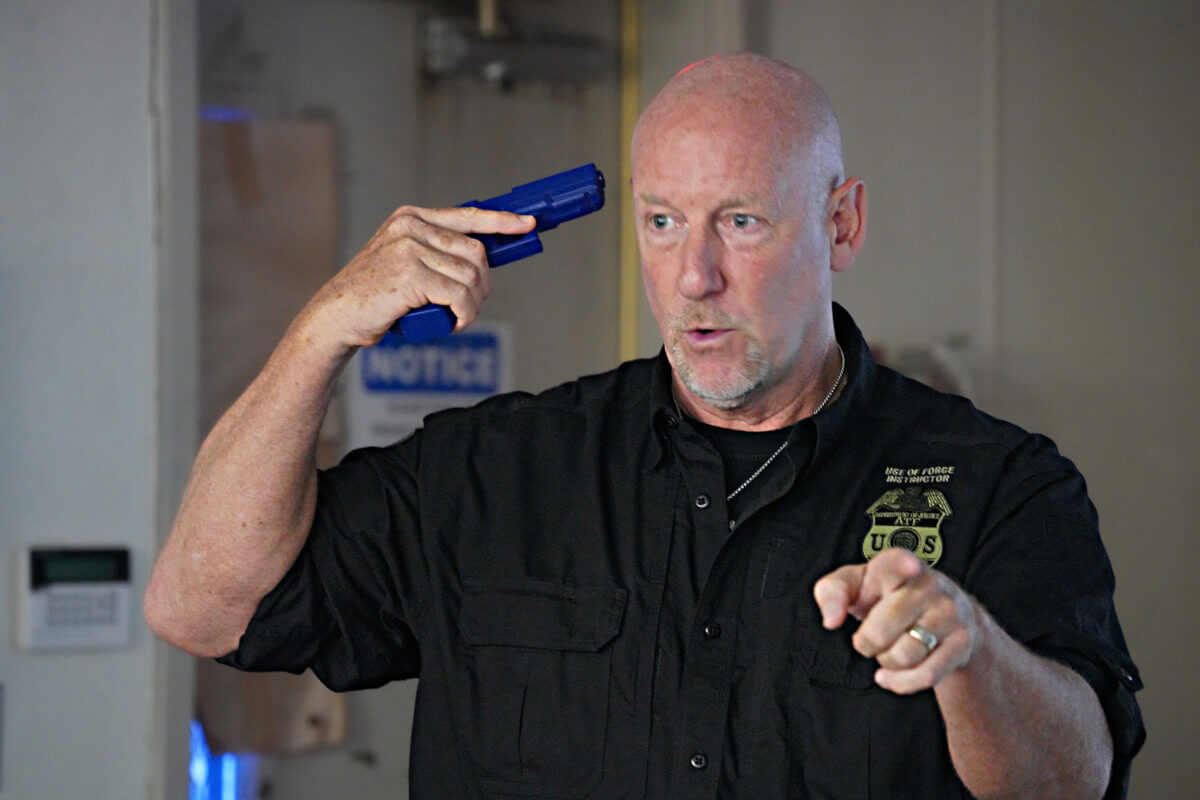
Attending journalists were also put through their paces in a virtual simulation designed to exhibit how fast a person can pull a gun on an officer, leaving little time to react. It was evident that agents endeavored to display the unprecedented level of danger officers undergo on a daily basis and their desire to keep the public safe while also returning to their loved ones at the end of a hellish workday. However, due to the grim, uncomfortable nature of pulling a trigger on another human being who may be undergoing a psychotic break, only time will tell how much sympathy critics will have for those forced who do what many of us can only imagine. Thankfully, the agents also said that these deadly force instances are rather rare when compared to the vast majority of police encounters.
